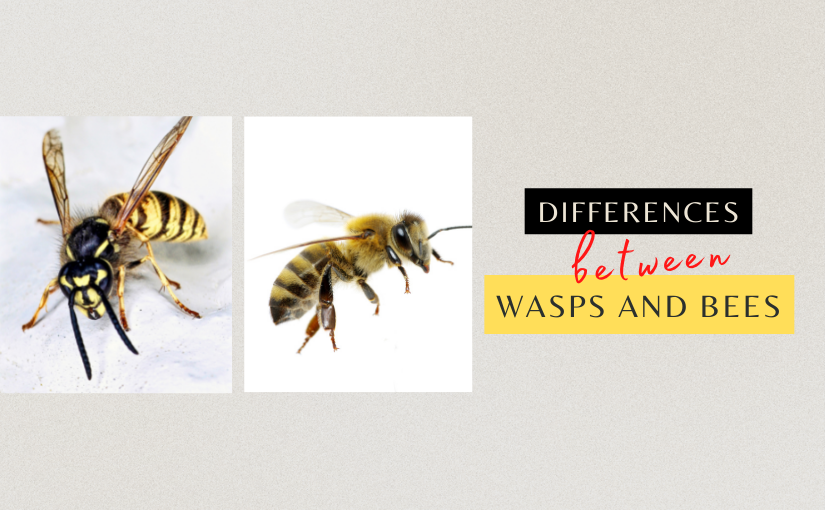 If you have difficulty telling the difference between bees and wasps, you're in good company. Even entomologists, who are scientists who specifically study insects, sometimes struggle. Nevertheless, knowing what type of insect you are dealing with is important for pest control in Toronto. Different techniques are used to remove different types of insects. Also, many species of bees are endangered, while wasps are not, so it is preferable to avoid removing bees whenever possible. Here are answers to questions you may ask when trying to tell the difference between wasps and bees.
If you have difficulty telling the difference between bees and wasps, you're in good company. Even entomologists, who are scientists who specifically study insects, sometimes struggle. Nevertheless, knowing what type of insect you are dealing with is important for pest control in Toronto. Different techniques are used to remove different types of insects. Also, many species of bees are endangered, while wasps are not, so it is preferable to avoid removing bees whenever possible. Here are answers to questions you may ask when trying to tell the difference between wasps and bees.
What Are the Differences in Appearance?
At first glance, wasps and bees may look very similar. However, if you study them more carefully while keeping a safe distance, you may notice some important differences:- Body Shape: Bees tend to be rounder and more full-bodied. Wasps are usually slimmer, with a discernible "waist" between the thorax and abdomen that gives them more of an hourglass shape.
- Colour: Both bees and wasps often have black stripes alternating with bands of a lighter colour. With wasps, the lighter colour is more likely to be a bright yellow. A honeybee's stripes are usually closer to orange or brown.
- Hair: Bees have at least some fuzzy-looking hairs on their bodies. This helps them to collect pollen as they visit flowers. Bumblebees are fuzzy all over their bodies. A honeybee is mostly bare on its abdomen but has hair around its thorax and head. Wasps have little if any, hair. Their bodies appear smooth and shiny.

